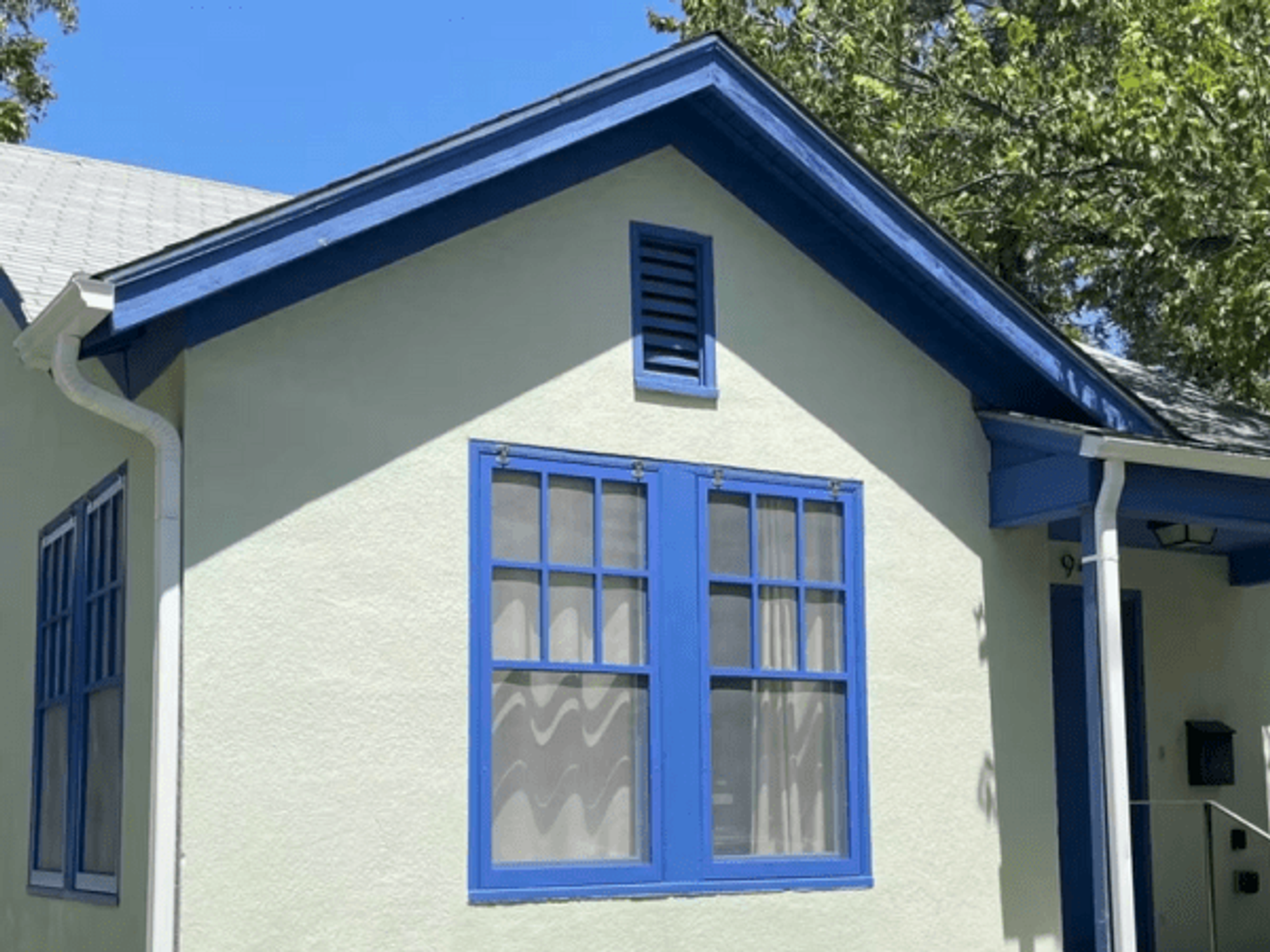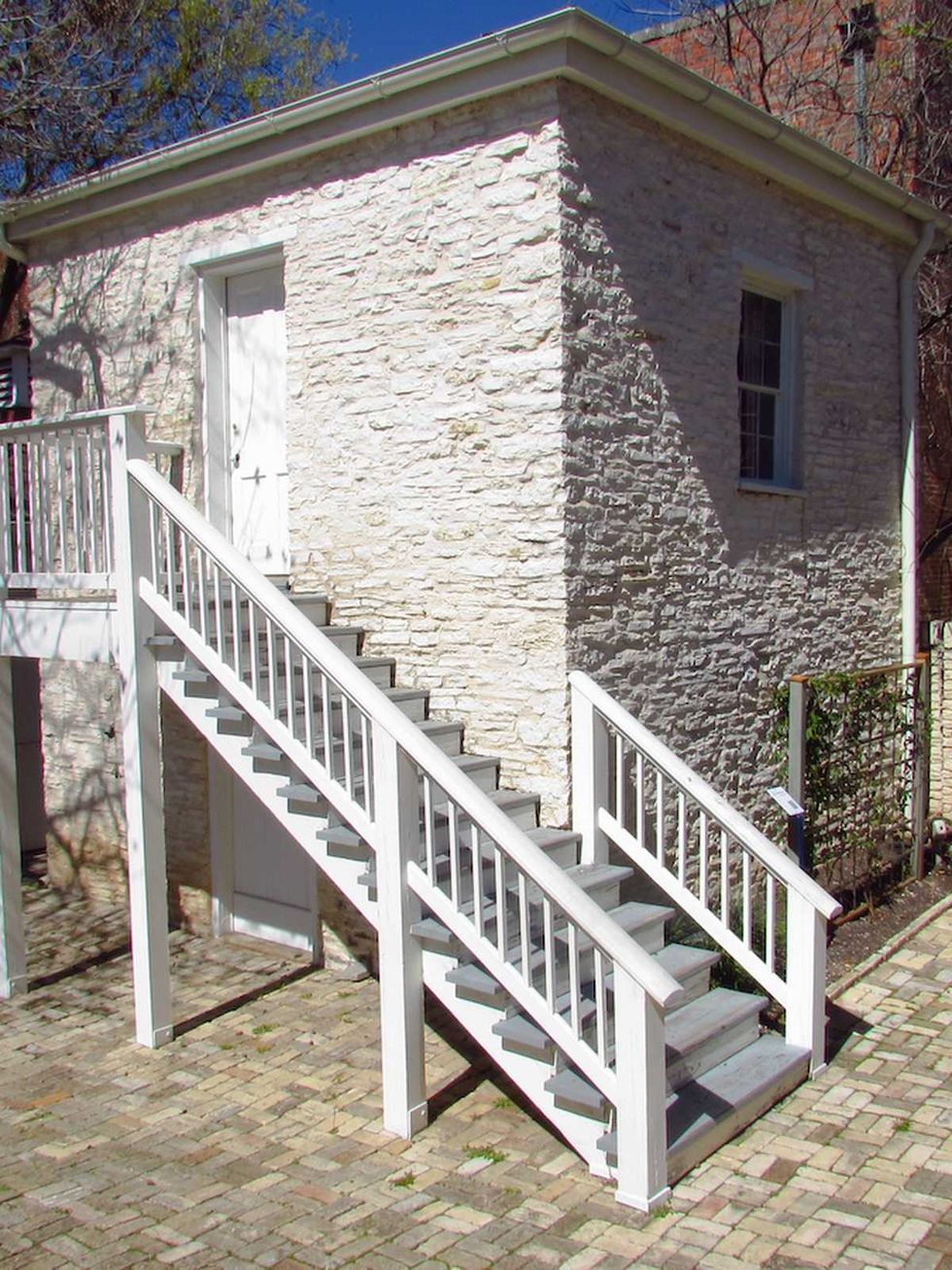Supporting the Arts
Who needs art anyway? A KLRU discussion on the creative sector
 Photo courtesy of ACL Live
Photo courtesy of ACL Live
Why do we fund the arts? At a time when cancer, homelessness, gun violence and poor science and math scores overwhelm the headlines, do we really need more artists or musicians?
Why should limited government (taxpayer) money and philanthropic funding go these “nice” things? And why can’t we expect artists to create sustainable businesses anyway?
It’s a topic that we'll explore Wednesday night on KLRU’s Civic Summit: Arts in Context. Partnered with The Austin Creative Alliance and CultureMap, the television show aims to shed light on the myriad of reasons why now, of all times, art has never been more important to our society and what we can do keep creativity alive in Austin.
We can be pragmatic and point to the $4.35 billion economic impact the creative sector had on our city in 2010. That’s according to a study funded by the city and updated earlier this year.
As cities like Detroit and Jacksonville, Florida realize the outstanding economic impact of artists, they begin trying to lure them away from places like Austin and Nashville with incentives and infrastructure that create specific “cultural districts.”
$4.35 billion is a lot of money, up 30% just five years after the last study done in 2005. $71 million of that came in city tax revenues, $1 billion went to paying salaries for those working in the creative sector.
And the creative sector affects 49,000 jobs in our town, that’s up 25% since 2005, more than double the 10% economic growth for our local economy as a whole.
That economic growth appeals to other creatives who are drawn to Austin by the energy of our “culture,” and that energy helps retain talented people who live, work and spend money in our city.
We can also be idealistic about the arts. “Art is humanity,” explains Marcy Hoen. She can be forgiven for her idealism, she leads The Austin Creative Alliance, a partner in Wednesday’s summit and a leader in arts advocacy. It was Hoen who first asked the rhetorical question that leads this story.
“Art tells us what’s coming next. Artists are the early adopters,” she says. “Art is tied to the social issues of our day — politics, religion, personal freedom.”
In other words, art asks us to think critically: It challenges our assumptions and it pushes the boundaries of commonly accepted ideas.
At a time when our society is more polarized than ever, what can artists observe and comment on? How can they turn our commonly held beliefs against each other?
Some parts of the creative sector are doing very well right now and finding sustainable business models, take the gaming industry for one. Gaming and digital media are the single largest driver of economic impact in the creative sector, generating nearly $1 billion and over 7,000 jobs. That’s triple the numbers from 2005.
Austin’s music industry comes in a close second, generating over $850 million in economic activity with nearly 8,000 jobs associated with it. When combined with music tourism, the music industry becomes a $1.66 billion juggernaut employing 18,000 people and driving $38 million in city tax revenue.
So why do we fund the arts? Because it's good business, it's good for our society, it's good education.
With all of that success, one might think our creative culture is healthy and robust. In some cases it is, but conflicts are stark and competition with other communities is brutal. As cities like Detroit and Jacksonville, Florida realize the outstanding economic impact of artists, they begin trying to lure them away from places like Austin and Nashville with incentives and infrastructure that create specific “cultural districts.”
Those cities are alluring as Austin argues about sound ordinances downtown and as the State of Texas falls to 48th in the nation for per capita spending on the arts — currently just 11 cents per person. Compare that to the national average — 98 cents per person.
And there are other cracks in the creative sector. Our artists still struggle to earn a living wage, let alone find a way to pay for healthcare. Growth for non-profit arts organizations has been nearly stagnant and philanthropic giving remains stingy as money drifts over to cancer and homelessness, pets and politics. (No judgment intended there, just fact.)
So why do we fund the arts? Because it’s good business, it’s good for our society, it's good education (isn’t music really math, dance really physics?) — and, in a pessimistic world, the creative sector gives us joy.
“Art in its best form communicates something that can’t be expressed in words,” says Hoen.
But we’re going to try and express it Wednesday night at KLRU as we discuss why we should fund the arts and how we can best support them.
We’ll be joined by people like Jason Neulander, founder of Salvage Vanguard Theater and creator of The Intergalactic Nemesis, Ron Berry of Fusebox Festival, Brent Hasty of mindPOP, Meredith Powell from Art Alliance Austin and Carolyn Schwarz of HAAM. City Council Member Laura Morrison, Megan Crigger of the City’s Cultural Arts Division and former Chair of the City Planning Commission, Dave Sullivan will also be in attendance.
We hope you’ll join us, too. Civic Summit: Arts in Context takes place Wednesday, August 22 at 7 p.m. (doors at 6:30 p.m.) at KLRU's Studio 6A. The event is free to the public, but an RSVP is required. If you can't attend, the show will air on KLRU Thursday night, August 23 at 7:30 p.m.
---
Editor's note: CultureMap General Manager Kevin Benz will be moderating the Civic Summit on KLRU.

 The Neill-Cochran House Museum's mid-19th-century slave quarters received Planning and Historic Designation grant support for restoration and historical interpretation.Photo courtesy of Preservation Austin
The Neill-Cochran House Museum's mid-19th-century slave quarters received Planning and Historic Designation grant support for restoration and historical interpretation.Photo courtesy of Preservation Austin Built around 1863, the Henry G. Madison cabin in Rosewood Park received Bricks and Mortar grant support for preservation planning work.Photo courtesy of Preservation Austin
Built around 1863, the Henry G. Madison cabin in Rosewood Park received Bricks and Mortar grant support for preservation planning work.Photo courtesy of Preservation Austin